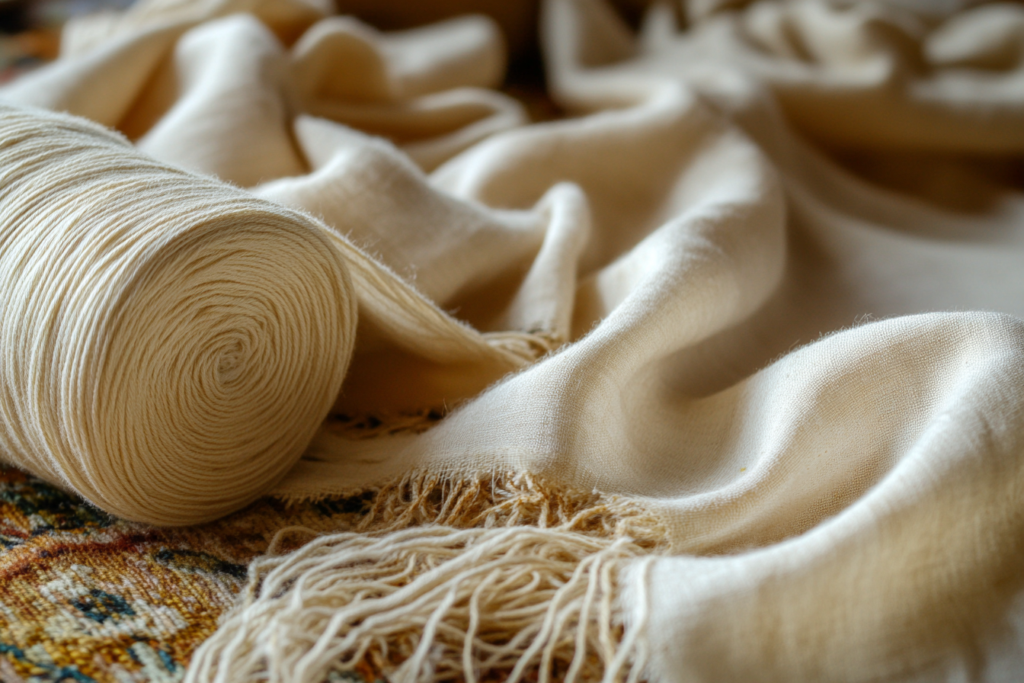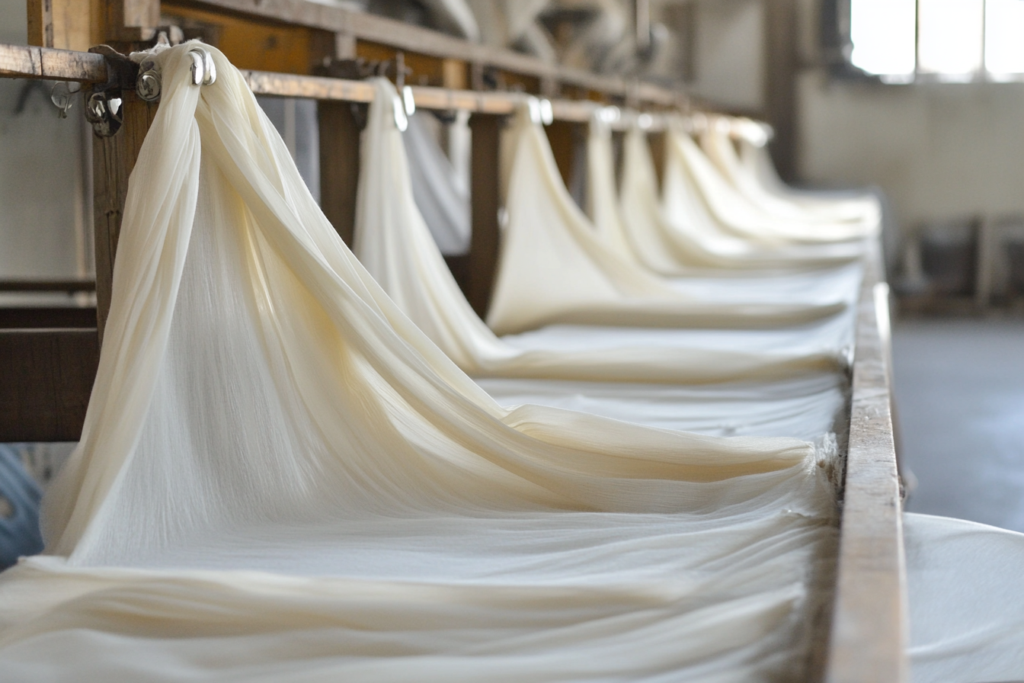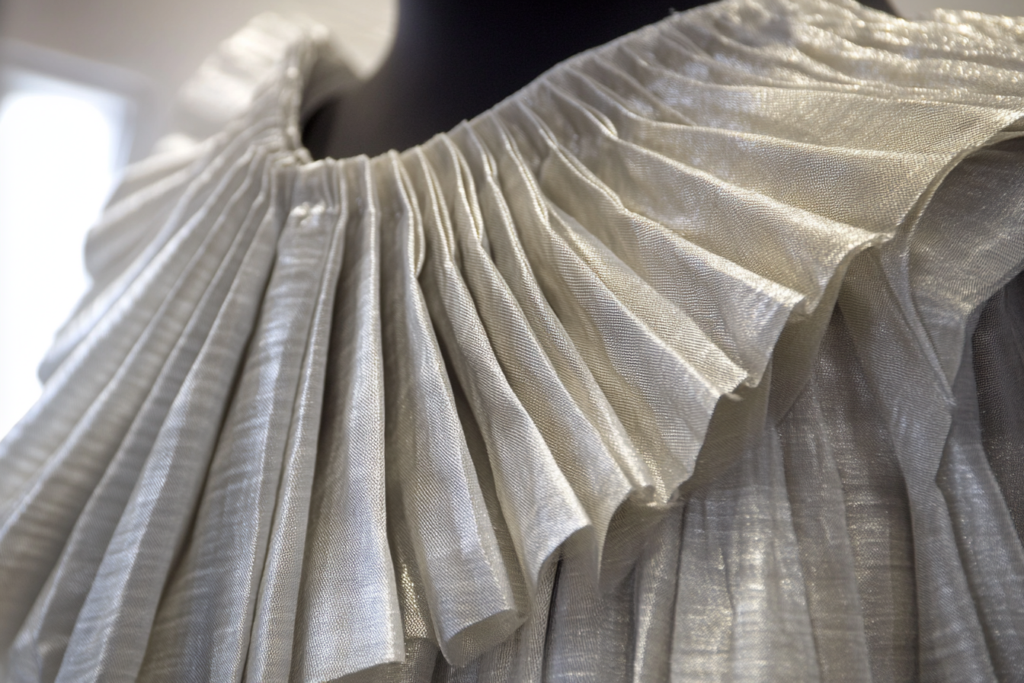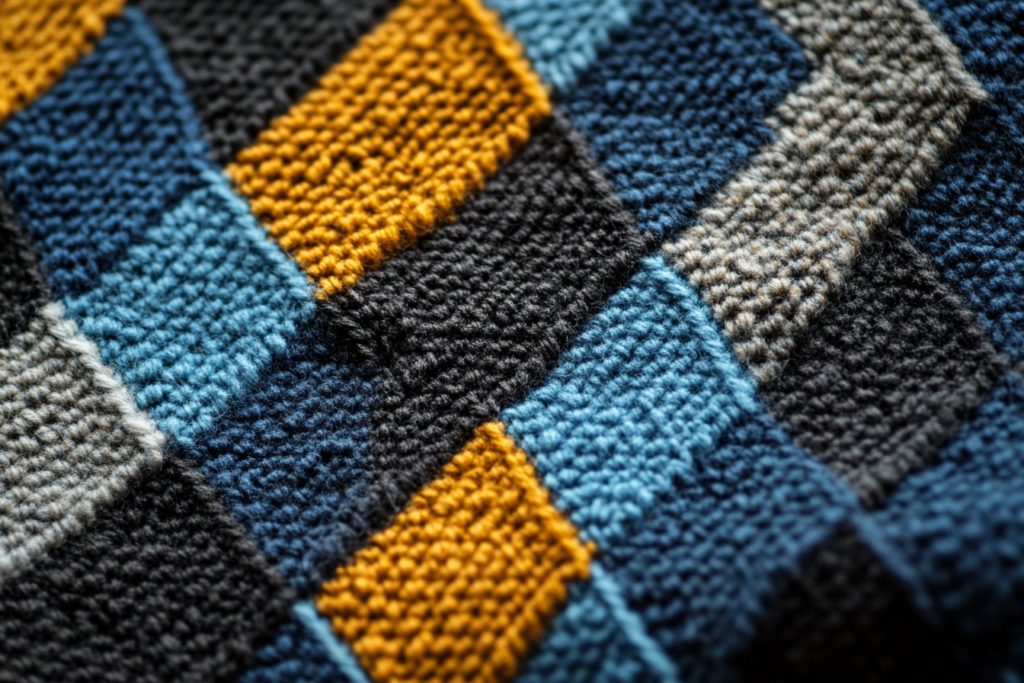Tentering Process: The Key to Smoothing and Shaping Fabric
Meta Description: The tentering process is a fabric finishing technique used to smooth out wrinkles, correct yarn direction, and enhance fabric quality. Learn how this process works and its importance in textile manufacturing.
What is the Tentering Process?
The tentering process is a finishing technique used in the textile industry to smooth out wrinkles, straighten the yarn, and make fabric more uniform in terms of width and length. It is an essential part of fabric finishing that helps improve the appearance and structure of the fabric after weaving or knitting. This process not only smoothens the fabric but also sets it into its final shape before it is used to create garments or other textile products.
The name “tentering” comes from the tenter frame, a mechanical system used to stretch the fabric during the process. The fabric is fed into the tenter frame, where it is stretched and held in place while it is treated to remove wrinkles, straighten fibers, and set its dimensions.


Why is the Tentering Process Important?
1. Removes Wrinkles
- One of the primary reasons for using the tentering process is to remove wrinkles from fabric. After the weaving or knitting process, fabrics often have wrinkles or creases due to the way they are handled or rolled up. Tentering smoothens the fabric, giving it a more polished and uniform appearance.
2. Corrects Yarn Direction
- In woven or knitted fabrics, the yarn direction can sometimes become skewed due to the manufacturing process. The tentering process helps to realign the yarns and straighten them, ensuring that the fabric has the correct grain or bias for further use in garment production.
3. Enhances Fabric Strength and Durability
- The tentering process can help to increase the strength and stability of the fabric. By stretching the fabric and allowing it to cool in a controlled manner, the fabric becomes more resilient and less prone to shrinkage after washing or use.
4. Controls Fabric Width and Length
- Tentering allows manufacturers to control the final dimensions of the fabric. By adjusting the amount of stretch applied to the fabric, they can ensure the fabric meets specific width and length specifications before it is cut into garments or other products.
How the Tentering Process Works
📌 Step 1: Fabric Preparation
- Before the fabric enters the tentering process, it is typically washed or treated with chemicals that help to soften it. This helps in loosening the fibers and making the fabric easier to handle during the tentering process.
📌 Step 2: Loading into the Tenter Frame
- The fabric is then fed into a tenter frame, a mechanical device with clamps or pins that hold the fabric at the edges. The fabric is stretched both widthwise and lengthwise as it moves through the frame.
📌 Step 3: Stretching and Smoothing
- As the fabric is stretched, it passes through heated rollers or drying units that help smooth out any wrinkles or creases. The tension applied to the fabric aligns the yarns and helps to correct any distortion in the weave or knit.
📌 Step 4: Cooling and Setting
- Once the fabric has been stretched and smoothed, it is allowed to cool while still in the stretched position. This helps set the fabric’s final dimensions and ensures that it retains its shape and smoothness.
📌 Step 5: Inspection and Finishing
- After the tentering process, the fabric is inspected for any defects such as uneven tension, wrinkles, or color inconsistencies. Any necessary finishing treatments, such as dyeing, coating, or printing, may be applied at this stage.
Benefits of the Tentering Process
📌 Improved Aesthetic Quality
- The smoothing and stretching aspects of tentering ensure that the fabric looks clean, crisp, and well-finished. This is essential for garments and textiles that require a high level of aesthetic quality, such as luxury fabrics or high-fashion garments.
📌 Better Fabric Uniformity
- Tentering helps to create uniformity in the fabric by ensuring that the yarns are straight and evenly aligned. This results in a more consistent fabric that is easier to cut and sew during garment production.
📌 Increased Fabric Stability
- By fixing the fabric’s width and length during the tentering process, the fabric becomes more stable and less likely to shrink or stretch out of shape during later stages of garment production or when worn.
📌 Improved Dyeing and Finishing Results
- Fabrics that undergo tentering are easier to dye and finish, as the fibers are more uniform and aligned. This results in more consistent color and texture, leading to higher-quality finished products.
Applications of Tentering
The tentering process is used in a variety of fabric types and industries:
📌 Cotton and Polyester Fabrics
- Tentering is commonly used in the production of cotton, polyester, and blended fabrics, particularly for items like shirts, t-shirts, and bed linens.
📌 Wool and Wool Blends
- Wool fabrics undergo tentering to ensure that the fabric maintains its desired width, length, and smoothness, especially in high-end garments like suits and coats.
📌 Denim
- Denim fabrics are often treated with the tentering process to straighten the yarns and create a smooth surface, which is especially important for creating high-quality jeans.
Illustration of the Tentering Process
Below is an illustration showing the tentering process in action. The fabric is shown being stretched within the tenter frame and passing through heated rollers for smoothing and alignment of the yarns.

Conclusion: The Importance of the Tentering Process in Textile Manufacturing
The tentering process is an essential step in fabric finishing that helps ensure the quality, appearance, and durability of the fabric. By removing wrinkles, aligning yarns, and controlling the fabric’s dimensions, tentering helps create a fabric that is ready for garment production or other textile applications. Whether it’s for casual clothing, luxury garments, or home textiles, the tentering process is key to ensuring the consistency and smoothness of the fabric.



